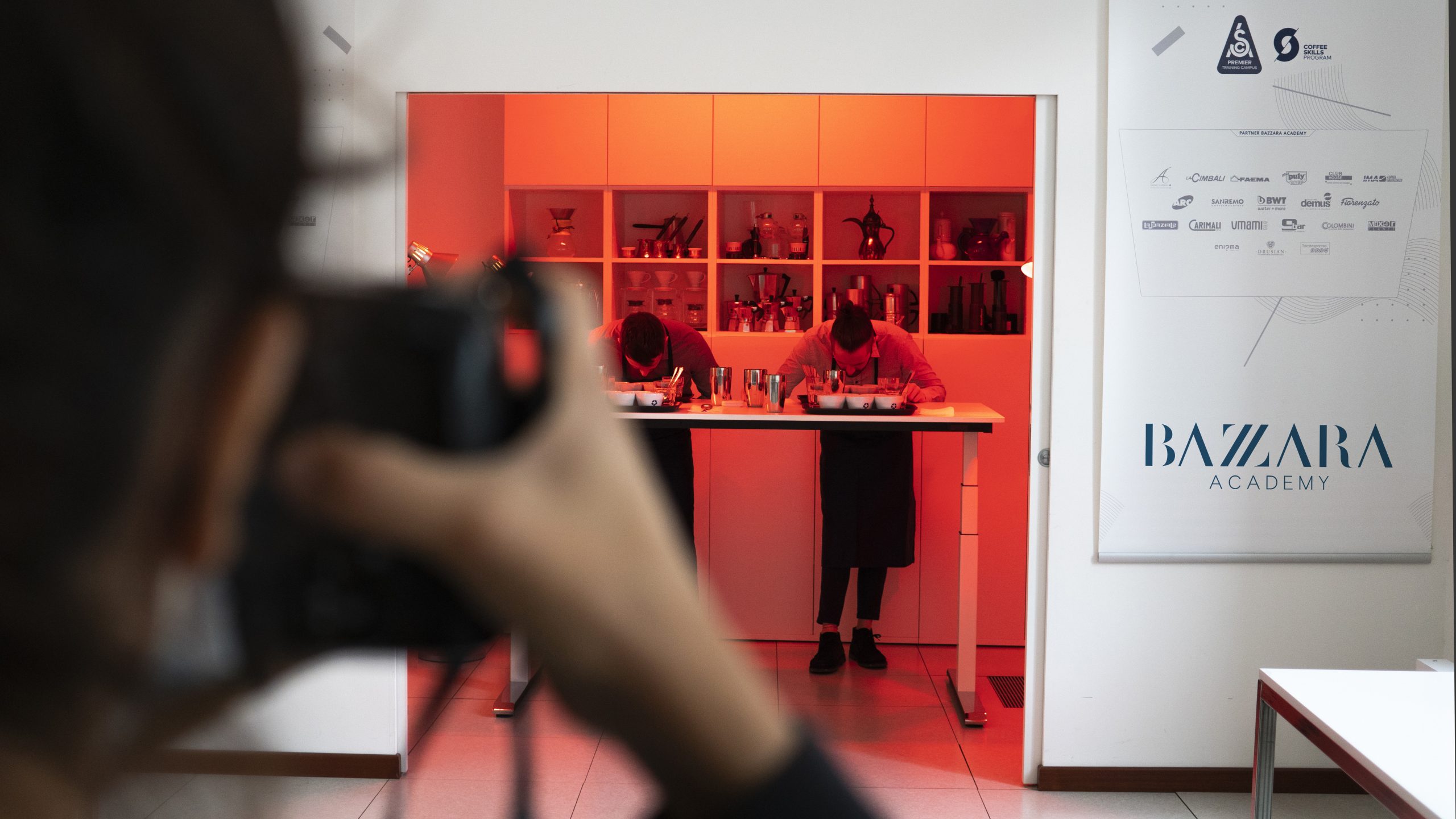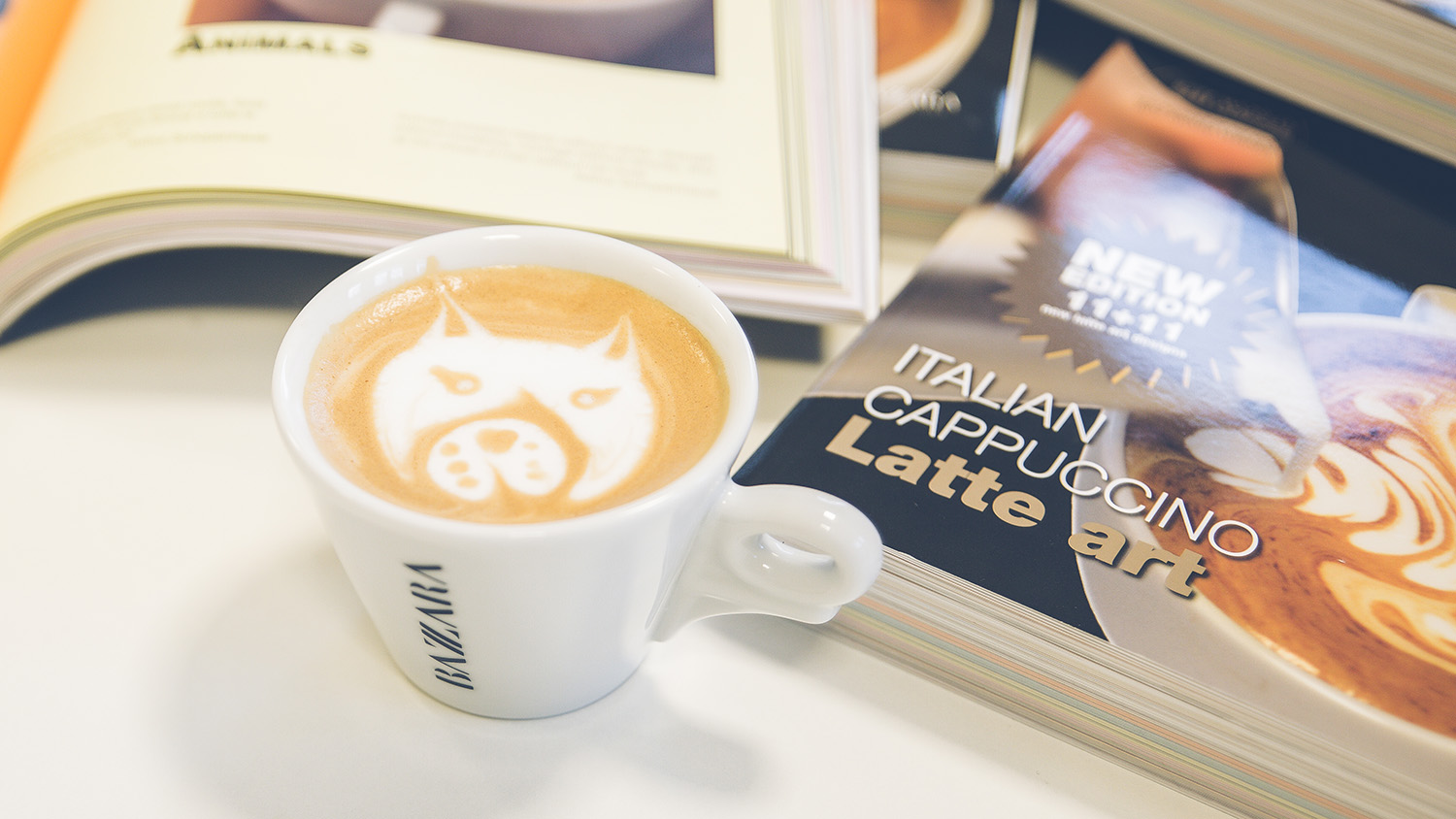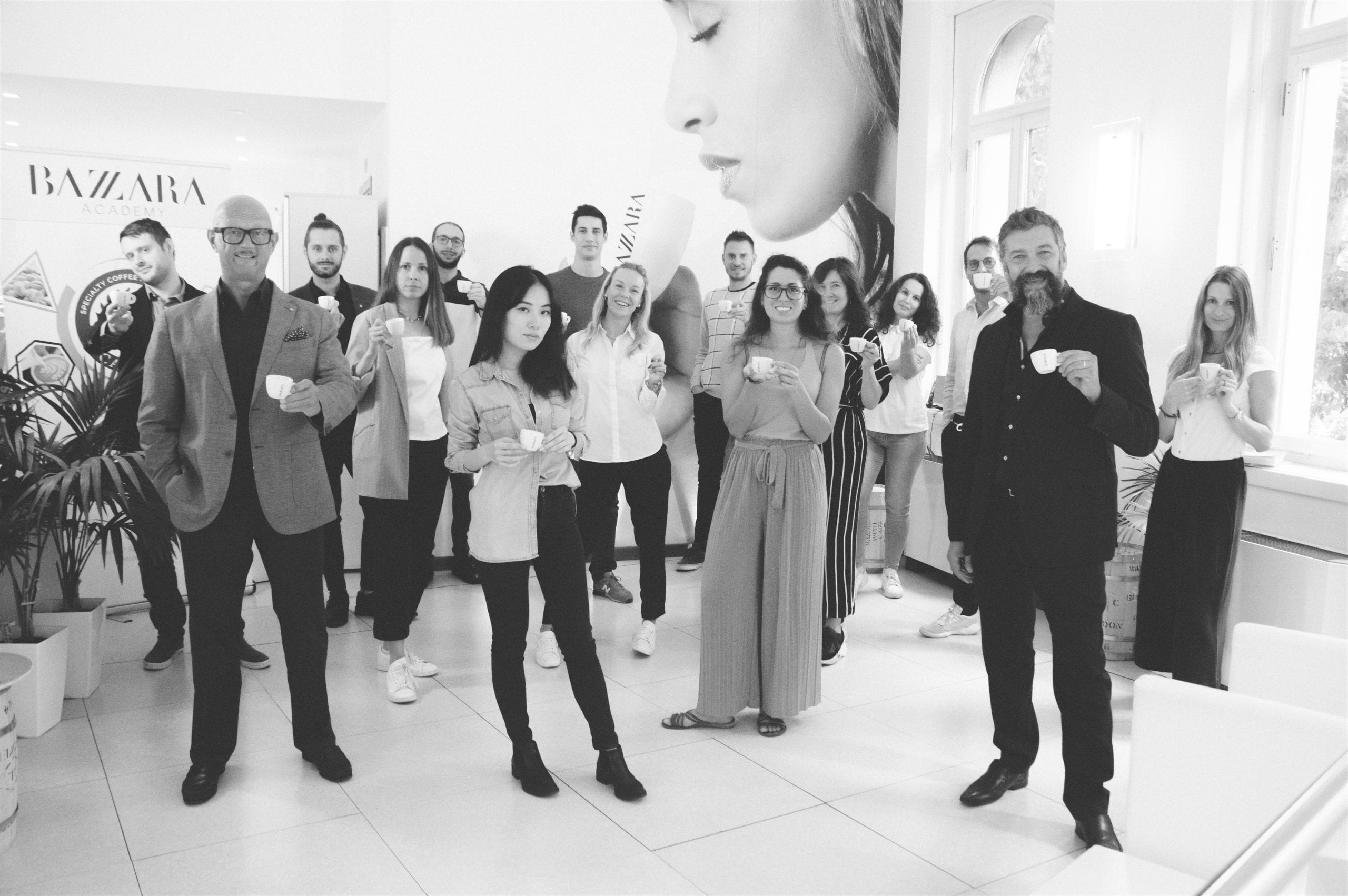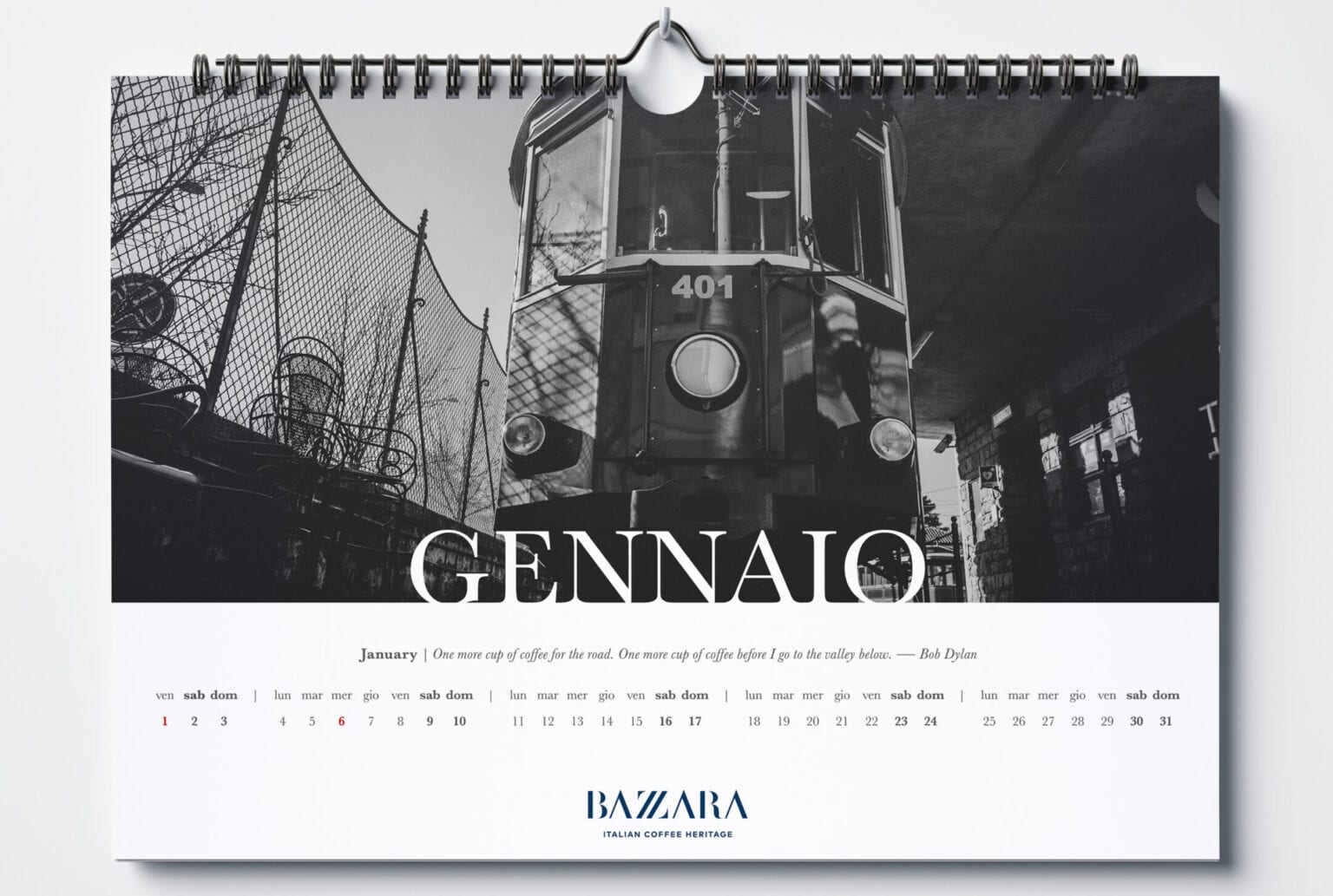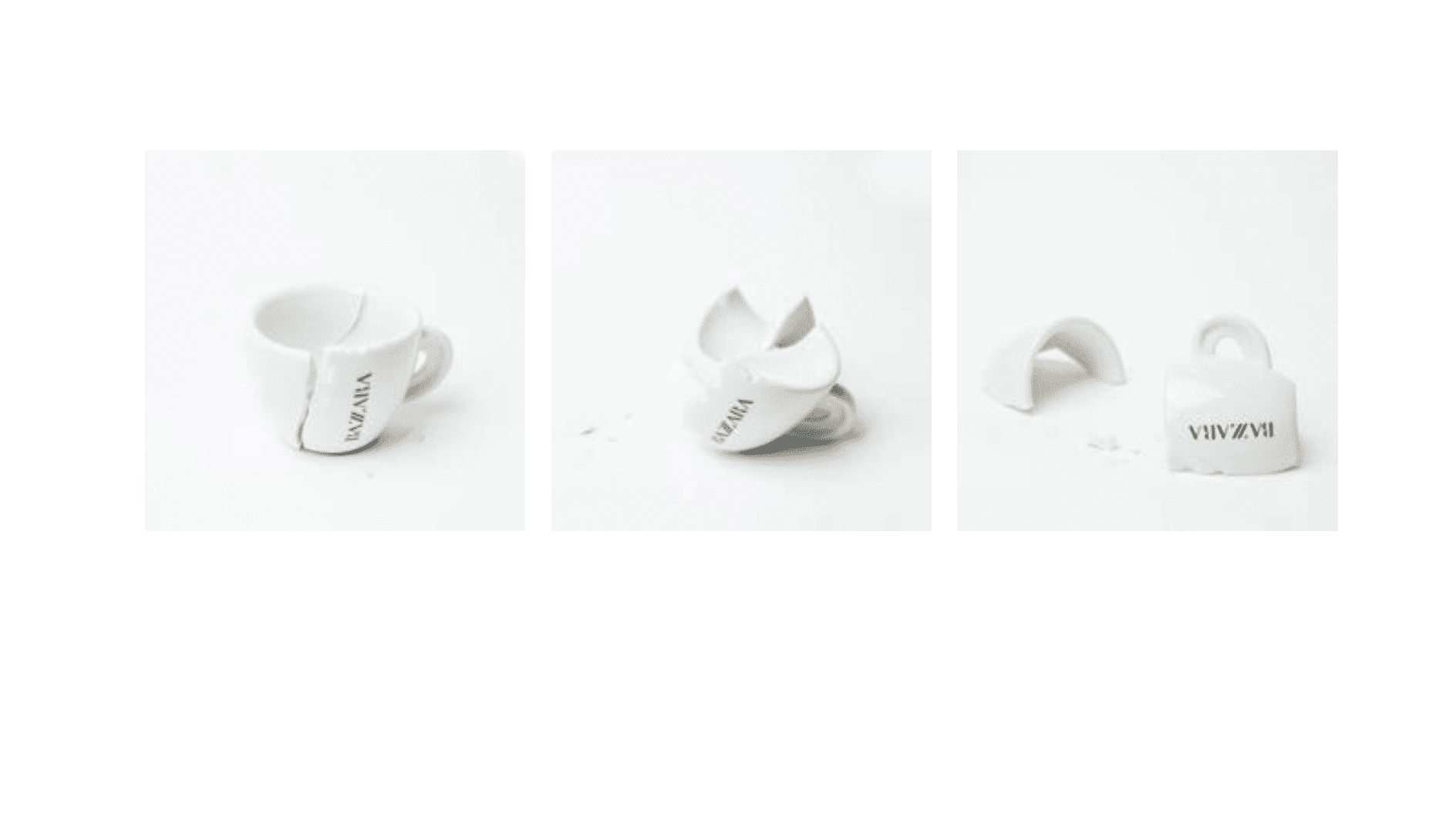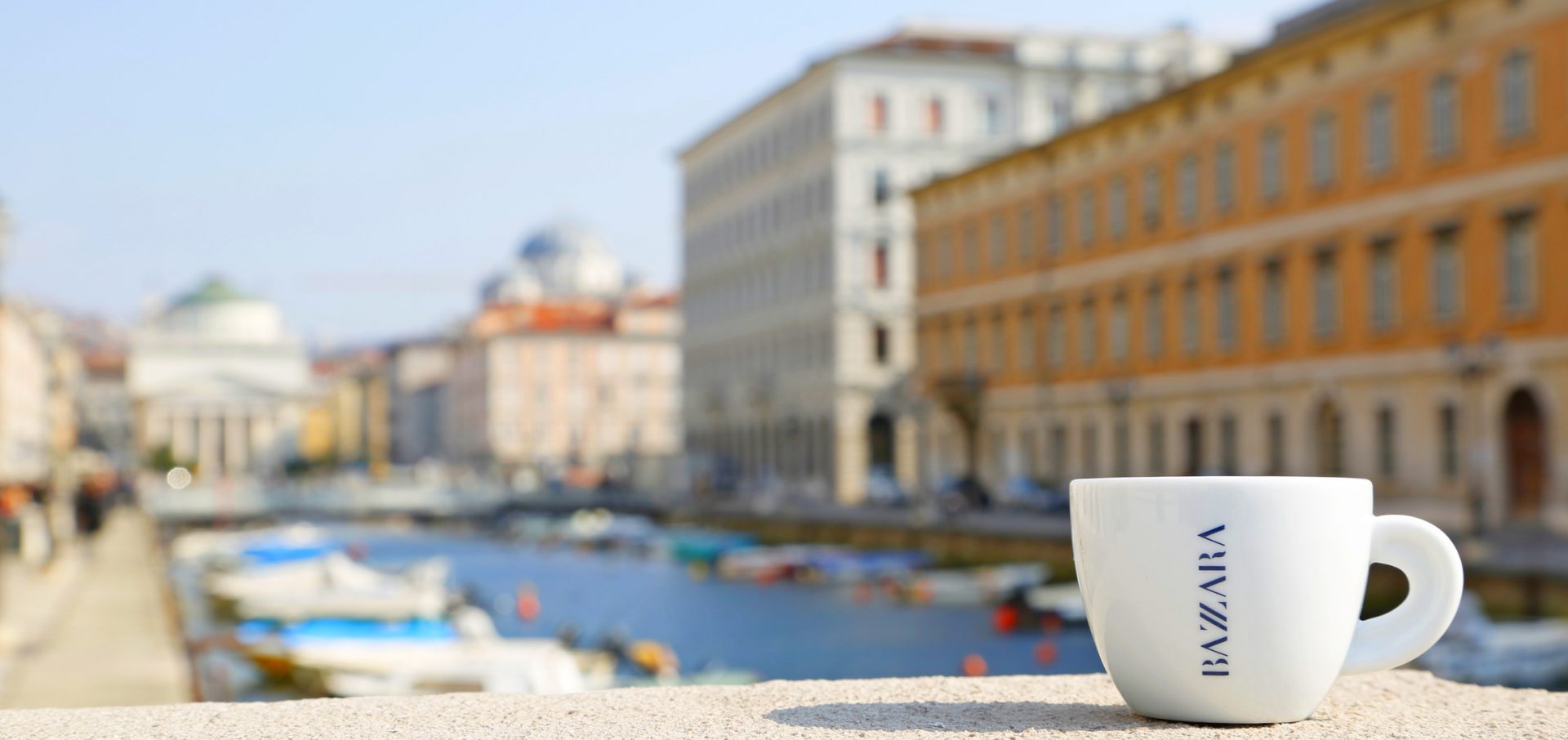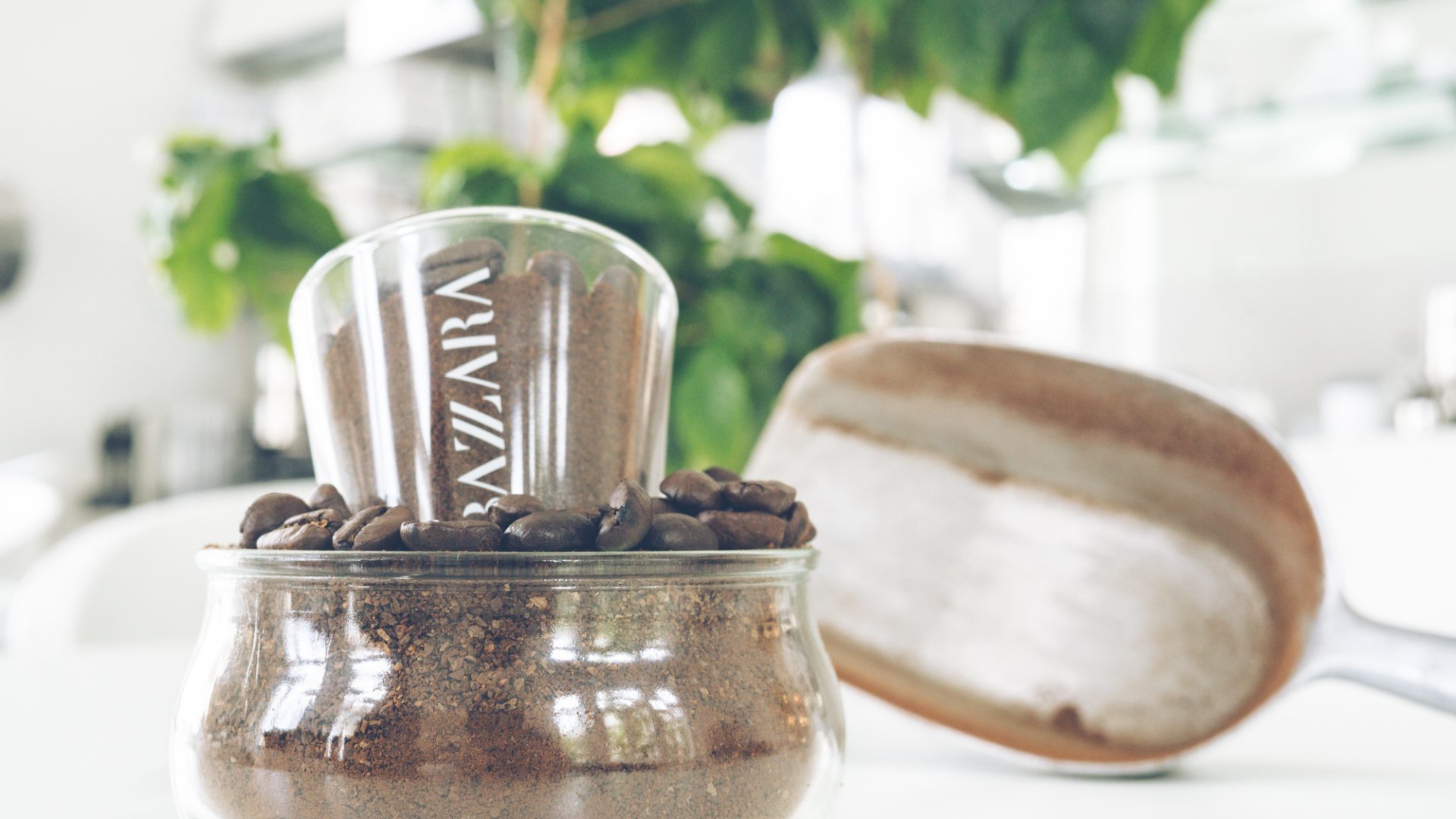“Trieste is renowned for its coffee and its cafes” writes Robert Draper in the National Geographic. He declares it in the caption of a shot that portrays Marco and Andrea Bazzara while “working in the family coffee company” and “sniffing the ground coffee to test its aroma”.
The article by the US journalist, also a contributor to the New York Times, was published in the Italian edition of the authoritative magazine in the June 2021 issue but is also available online, in the English version of the magazine, available worldwide. In short, a respectable showcase that offers international visibility to the Julian capital and some of its virtuous realities, including the historic company Bazzara.
The author does not fail to emphasize Trieste’s coffee vocation several times while describing a city mistreated by history but which is heading for a new era of prosperity. Above all by virtue of the potential of its port, finally relaunched.
A port that – thanks above all to its strategic position with respect to Central-Eastern Europe and the advantageous policy of reducing duties – has begun to handle increasing volumes of coffee since the eighteenth century. Over time, a thriving supply chain economy has thus developed and consolidated, which has gradually become not only a commercial practice but a real cultural heritage. As confirmed by the concentration in the city of roasting companies and brands of excellence, of entrepreneurial realities and technological infrastructures of the sector, of specialized training offers and dedicated level events. Without forgetting the splendid historic cafes that have become not only temples of taste and tradition but also stimulating places of aggregation and intellectual exchange. So much so as to consecrate Trieste – where the air “also smells of roasted coffee”, writes Draper – as an international hub of espresso, a Made in Italy cult awaiting a candidacy to become an Intangible Heritage of Humanity at Unesco.
“After the recent inclusion of Bazzara among the hundred Italian excellences selected by Forbes magazine – declares Andrea Bazzara – to be cited also by National Geographic was a gratifying recognition. We are very happy that, among the many relevant local realities in the sector, the image of our company was chosen to represent the prestigious world of Trieste coffee. Especially at such an important time for lovers of Italian espresso: here in Trieste we sincerely support its candidacy for Unesco Heritage ”
“I believe that Chiara Gioia, the Milanese photographer who visited us a few months ago and who I rediscover now published in the famous US magazine – says Marco Bazzara – has perfectly grasped the dedication that characterizes our work. Our company is not just a business but a family heritage, a passion that my father and my brother passed on to him, and to him from him “.
“The publication of this splendid shot of the Bazzara juniors, the third generation of the family, in one of the most important magazines in the world – adds Mariaisabella Musulin, marketing manager of the company – is a great satisfaction also because it rewards the constant investments we make for guarantee not only the quality of our products but also the coherence of image in conveying the values of our brand. Bazzara is attention to detail, it is experience, it is the daily construction of a healthy and challenging work environment, a historic company but projected towards the future, which gives space to young people and is committed to ensuring that everyone’s skills are enhanced. The result is great teamwork, which goes beyond a purely business perspective “.







